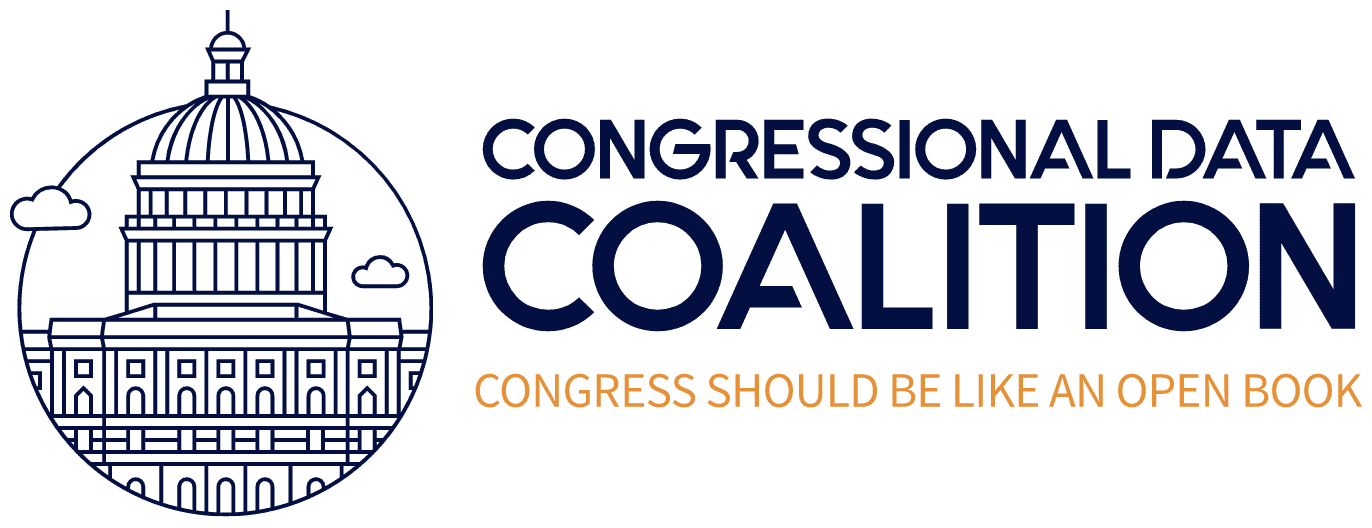Click here to download a PDF version of the paper.
Despite many reforms over time, Congress has struggled to keep up with the pace of technological change and the new burdens it has brought. In particular, because of its distributed governance, legislative branch IT operations must contend with a greater number of coordination problems, inefficiencies, and vectors for process failure. This, combined with growing district sizes and constrained resources, has left Congress’s digital capacity far behind what it needs to keep up with emerging technology trends and support everyday Americans seeking to engage with their representatives.
To respond to the modernization challenges in its chamber, House Chief Administrative Officer Catherine Szpindor recently announced the formation of the House Digital Service (HDS). Since HDS is newly founded, without a specific charter, and has an ill-defined scope, there is a substantial risk it may stagnate within the constraints of its parent bureaucracy, institutional culture, and limited resources. Furthermore, it may not have sufficient authorities, ownership rights, or clarity of mission to maximize its effectiveness.
In response, the authors propose recommendations in the following areas to strengthen HDS:
- Incubate a more ambitious congressional digital service
- Charter and funding
- Access to technical talent
- Development of tech tools and standards
- Adapt digital service best practices
- Civil society engagement
- Future scope expansion
- Outside review
Addressing these issues would set HDS on a path to effectively address Congress’s digital capacity challenges.
Cross-posted from the Lincoln Network Policy blog.
